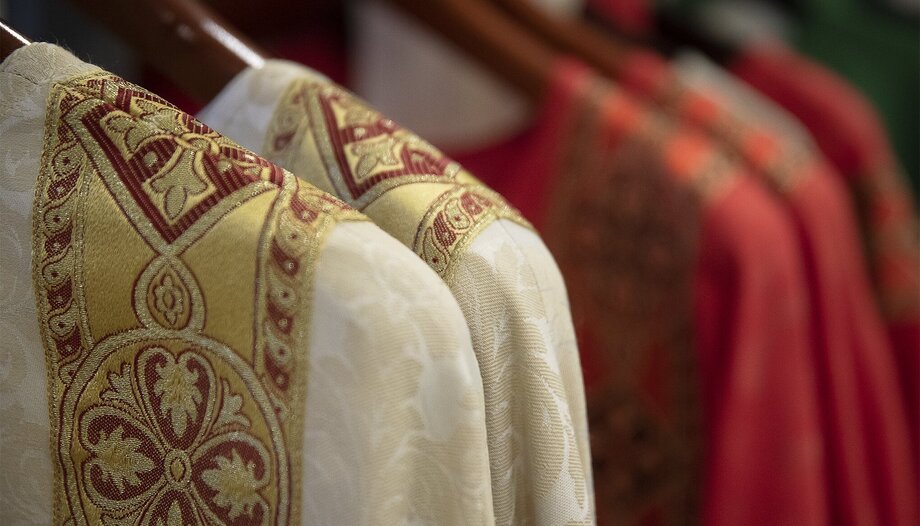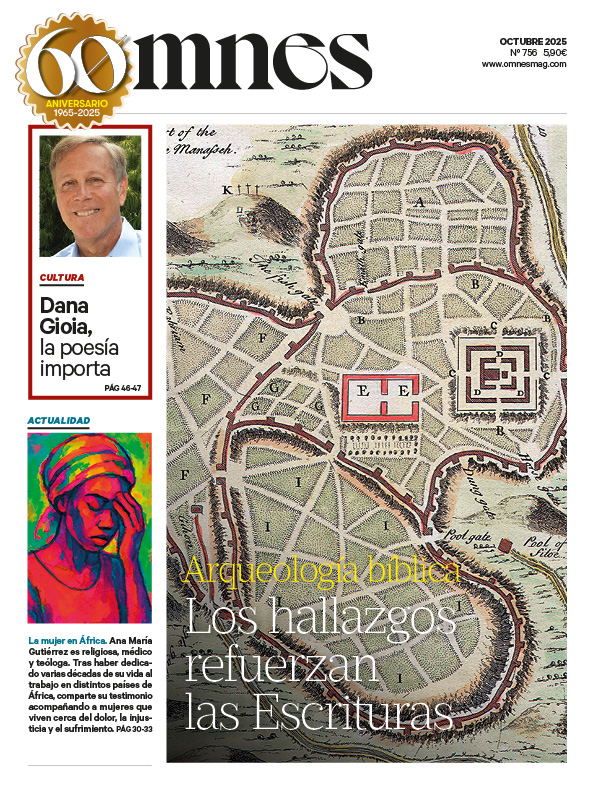- OSV News / Gina Christian
A new report confirms an earlier OSV News finding that the diocese and U.S. Catholic eparchies have paid more than $5 billion to settle abuse allegations filed over the past two decades, but credible allegations have declined significantly over the same period, with most cases predating a landmark set of anti-abuse protocols established by the U.S. bishops in 2002.
Catholic dioceses, eparchies and parishes in the United States have "changed the way they do things" when it comes to addressing and preventing abuse, says Jonathan L. Wiggins, a sociologist and director of parish surveys at Georgetown University's Center for Applied Research in the Apostolate.
Letter from Dallas
On Jan. 15, CARA - which conducts social scientific studies on the Catholic Church - released a summary of 20 years of annual data for the U.S. Conference of Catholic Bishops' annual report on the implementation of the "Charter for the Protection of Children and Young People."
The document-adopted by the USCCB in 2002 and commonly referred to as the Dallas Charter-establishes a comprehensive set of procedures for addressing allegations of sexual abuse of minors by Catholic clergy. The Charter also includes guidelines for reconciliation, healing, accountability and abuse prevention.
CARA's two-decade review of the numbers indicates that the Charter is working and that the U.S. Catholic Church is making real progress in eradicating the scourge of clerical abuse, Wiggins said.
Since 2004, CARA has collected and prepared data for the USCCB on the implementation of the Charter, using Internet and mail surveys.
The CARA surveys complement the annual audit of dioceses and eparchies conducted by an outside firm commissioned by the USCCB, which since 2011 has been StoneBridge Business Partners, a Rochester, New York-based consulting firm that provides forensic and compliance services to a range of organizations. (Male religious communities do not participate in the Dallas Charter audit process, but many seek independent accreditation for abuse prevention and commonly accepted protocols.)
Response rates to CARA's voluntary annual surveys have averaged 99 % for dioceses and eparchies and 72 % for men's religious communities, according to CARA's synthesis report. Wiggins told OSV News that the Conference of Major Superiors of Men has "worked very hard to encourage its members to participate" in CARA's annual surveys, but stressed that the conference was a "voluntary collective" that could not mandate such participation.
"Public invitation" to file claims
U.S. Catholic dioceses and parishes have "completely reformed their way of recruiting people, their way of reporting," Wiggins said. "They have issued a public invitation to file complaints. They do background checks on everyone, not just at the diocesan level, but also in parishes. They train people about sexual abuse."
According to the report, dioceses, eparchies and religious communities spent a total of nearly $728 million over the past 20 years on salaries for safe environments, training programs and background checks. These costs increased by 80 % during the reporting period.
Wiggins described the shift in focus as "quite startling" and a "story that doesn't get out there" unless the data is considered longitudinally and in a national context, rather than simply through media coverage of a particular diocesan abuse settlement.
"Sometimes the headlines make it seem like everyone has a bunch of allegations all the time," he said.
In the 2004-2023 period, U.S. dioceses, eparchies and religious communities deemed credible a total of 16,276 allegations of minors by priests, deacons and religious: 82 % by dioceses and eparchies, and 18 % by religious orders.
A complaint, defined as "a victim alleging an act or acts of abuse by an alleged perpetrator," can represent "a single assault or a series of assaults on the same victim over many years," the report said.
Data from 80 years of annual surveys
But, CARA stressed, "to be clear, these credible allegations of abusive behavior did not occur over the 20 years of the survey, but over the more than 80 years that the annual surveys ask about."
During the 20 years of the survey, according to the report, "most dioceses, eparchies and religious communities of men had no credible allegations, with an average of three in five (60 %) having no allegations in a particular year of the survey."
The summary report notes that "more than nine out of ten credible allegations occurred or began in 1989 or earlier (92 %), 5 % occurred or began in the 1990s, and 3 % occurred or began since 2000."
Most of the alleged perpetrators - 86 % - "were identified as 'deceased, already removed from ministry, already laicized or missing,'" the report said.
This figure "is not surprising," CARA states in its Jan. 15 press release, "since nearly seven-tenths (72 %) of the alleged abuses occurred in 1979 or earlier, between 20 and 50 years before CARA's first survey was conducted in 2004."
The remaining 14 % were "permanently removed from ministry or retired during the year" of that particular survey, according to the report.
The report also revealed that 95 % of the alleged abusers were priests, 80 % diocesan and 15 % religious, while 4 % were religious brothers and 1 1 % were diocesan deacons or religious.
The majority of abuse victims (80 %) were male, and more than half (56 %) were between 10 and 14 years old at the onset of abuse, with 24 % between 15 and 17 years old and 20 % aged 9 years or younger.
The report did not speculate on possible factors underlying the demographics of alleged offenders and their victims, and Wiggins told OSV News that such considerations were beyond the scope of the study.
However, according to research cited by RAINN (Rape, Abuse and Incest National Network), which operates the National Sexual Assault Hotline (800-656-HOPE), the majority of child molesters (88 %) are male.
Adaptations of the research methodology over the years
Wiggins also highlighted the methodological adaptations he and his fellow investigators have had to make over the years as clerical abuse scandals have unfolded.
One of these adaptations was the addition in 2016 of a new survey classification for casualties: 'impossible to prove'.
While "credible" and "unsubstantiated" allegations are considered as such based on evidence gathered through an investigation, CARA began to include the category "unprovable" to capture those allegations for which "limited information was known and a thorough preliminary investigation could not be conducted." Reasons for lack of information include: deceased parties to a given allegation, as well as restrictions due to legal actions and state investigations.
In all three categories - credible, unfounded and unprovable - claims may or may not have been paid in a settlement, the report noted.
With the addition of the "cannot prove" category in 2016, "the proportion of allegations deemed credible by dioceses, eparchies and religious communities of men has decreased from 82 % to 54 %," the report notes.
At the same time, Wiggins warned that there is usually a considerable time lag between the commission of abuse and its actual disclosure, a gap that could affect future data.
As for the 3 % of credible allegations since 2000, Wiggins said incidents of abuse "that are happening now may not come to light for another decade or so. We can't say, 'Oh, now only 3 % is happening.' We can only say, 'Now only 3 % is reported.'"
While continued vigilance against abuse will remain crucial, Wiggins was optimistic about the progress made so far.
"It's not easy for an organization like the Catholic Church to make a big change, (but) they've really changed the way they do things, fundamentally," he said. "And, of course, they couldn't turn it around in an instant, but they've really made the changes."
This article is a translation of an article first published in OSV News. You can find the original article here.








